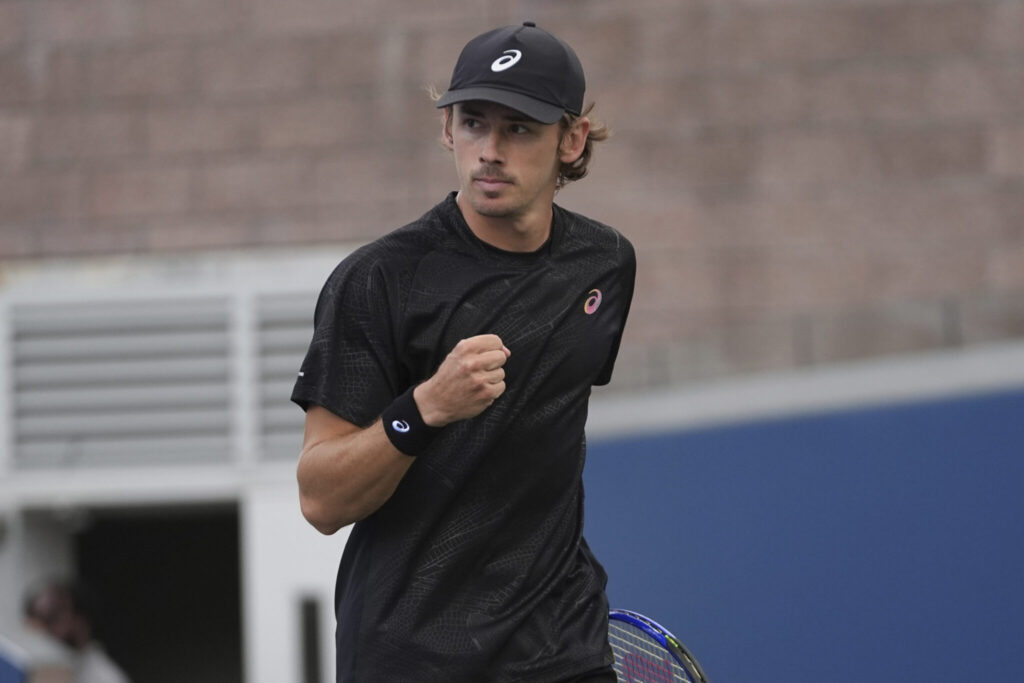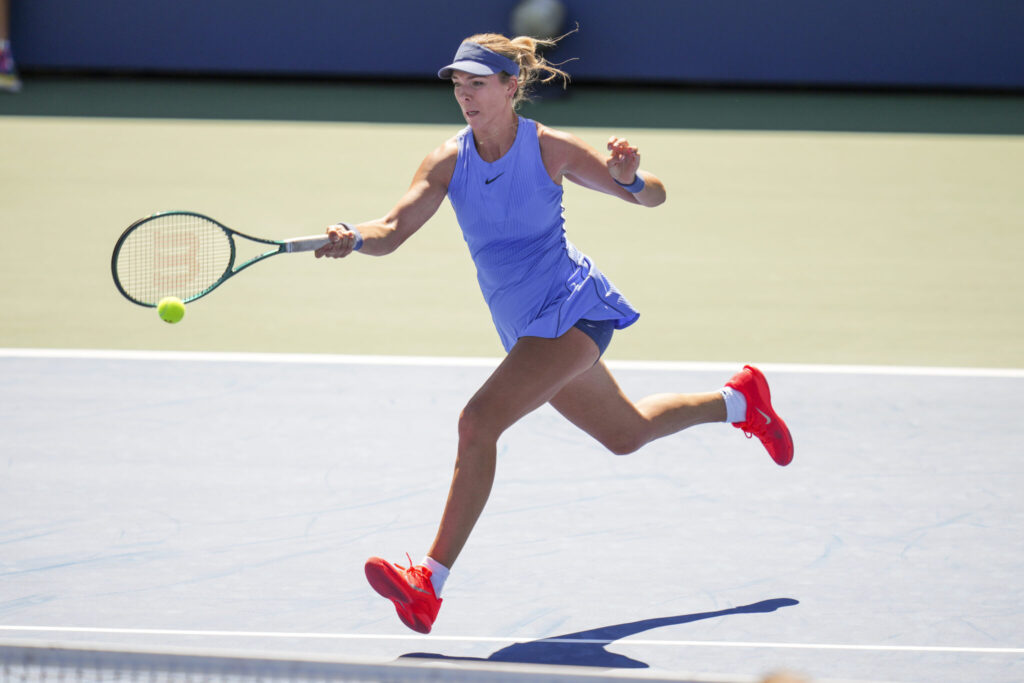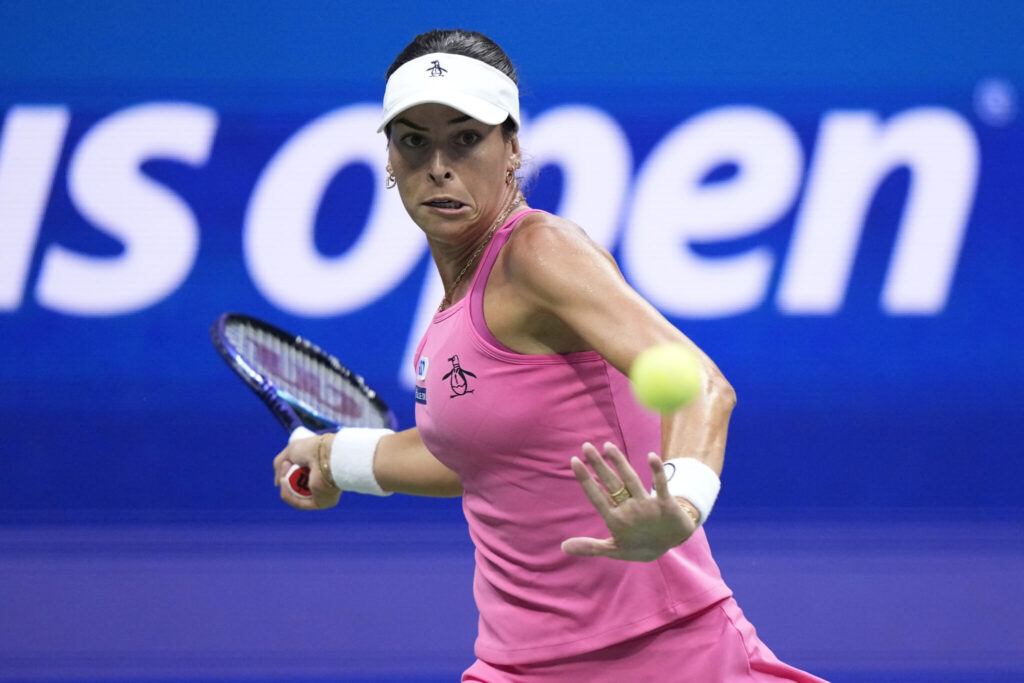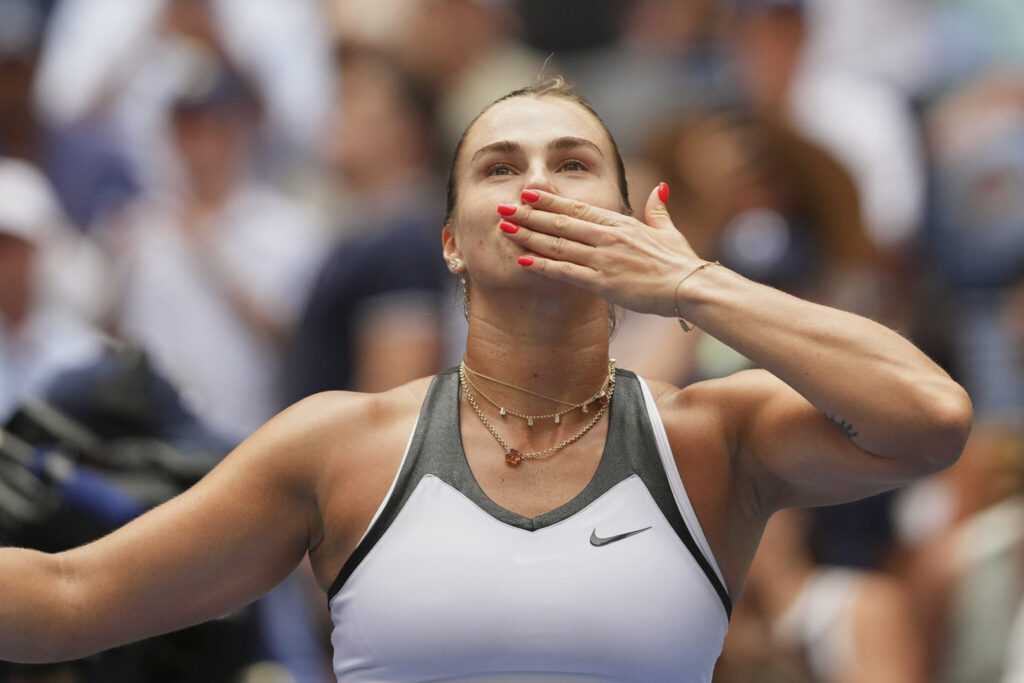Sabalenka, De Minaur Recharge With Mid-Season Vacations/ Newslooks/ WASHINGTON/ J. Mansour/ Morning Edition/ Top tennis players, including Aryna Sabalenka and Alex de Minaur, are taking in-season vacations to manage burnout during their demanding calendar. With little downtime, even a short break after events like Wimbledon can help recharge mentally and physically. Not all players take this route—some prioritize ranking points and momentum.


U.S. Open Players and Mid-Season Vacation Quick Looks
- Sabalenka skipped Montreal to vacation in Mykonos before U.S. Open
- De Minaur, Boulter took post-Wimbledon break for mental reset
- Tennis calendar stretches nearly year-round with short offseason
- Some players avoid breaks to protect ranking or form
- Mannarino prefers constant competition to maintain rhythm
- Ajla Tomljanovic chose the beach over practice after Wimbledon
- Team sports offer longer offseasons—tennis does not
- Boulter regrets not prioritizing breaks over obligations
- In-season vacations becoming a survival tactic for elite players
- U.S. Open shows full spectrum of player approaches to rest

Deep Look: Why U.S. Open Tennis Stars Take Vacations During the Season to Stay Competitive
NEW YORK, Aug. 28, 2025 — Aryna Sabalenka wasn’t grinding through practice courts or prepping for hard-court events in North America earlier this summer. Instead, the reigning U.S. Open champion was spotted soaking up the sun in Mykonos, Greece—lounging poolside and cruising on a boat.
For the world No. 1, the decision to skip Montreal and prioritize rest was essential.
“It was very important, because the season had been really intense at that point,” Sabalenka said. “I couldn’t show my best. My energy was low, my body felt weak. I needed a little recharge.”
Sabalenka’s choice reflects a growing trend in elite tennis: vacationing mid-season to survive one of the most demanding schedules in professional sports.
A Year-Round Grind With Little Rest
Tennis players often face a nearly continuous season, with matches running from January through November. For someone like Alex de Minaur, who extends his year through Davis Cup duties, that barely leaves a window to breathe—let alone reset.
De Minaur and fiancée Katie Boulter now carve out a short break after Wimbledon each July, just a week to disconnect and reset before the hard-court stretch that includes the U.S. Open.
“It’s a little bit of a mental reset for the second part of the year,” said de Minaur, who is seeded No. 8 at this year’s tournament.
Not Every Player Takes Time Off
While some players make time for rest, others avoid breaks for various reasons:
- Injured players often skip vacations to regain form and protect their ranking points.
- Others fear breaking their competitive rhythm or want to capitalize on a hot streak.
- For Adrian Mannarino, now 37 and still breaking career barriers, rest just isn’t part of the plan.
“I like to compete a lot. When I retire, that’s when I’ll take vacations,” Mannarino said. “If I stop, it’s hard to get back into rhythm.”
Mannarino became the oldest man to debut in the ATP Top 20 in early 2024, and attributes much of his success to consistent competition.
“There’s a time for work and a time for holidays — hopefully in the next few years, I’ll have more time for holidays,” he added.
Tennis Is Unique in Its Demands
In most professional sports—like the NFL, NBA, MLB, or NHL—athletes enjoy a clear offseason that provides ample time for recovery, travel, and rest. Tennis players, on the other hand, face a nearly year-long competition cycle.
That’s why the idea of mid-season vacations has become more common—even necessary.
Ajla Tomljanovic, who fell to Coco Gauff in the first round at the U.S. Open, made a conscious choice to vacation instead of train after Wimbledon.
“It’s your choice whether you play or not,” she said. “So if I need a break, I take it. It’s good for my body.”
When Obligation Replaces Rest
While some players embrace time off, others feel pressured to meet tournament requirements or represent national teams—often at the expense of their well-being.
Katie Boulter needed to squeeze in a summer event to fulfill the WTA’s six mandatory 500-level tournaments due to her Billie Jean King Cup commitment. As a result, she entered the U.S. Open on a four-loss streak and exited early.
“I don’t really feel like I chose myself,” Boulter admitted. “I kind of chose other things bigger than myself. That’s why I ended up at this point.”
U.S. Open Highlights a Spectrum of Strategies
The 2025 U.S. Open has become a showcase of how players manage their bodies and minds across a long season. Some arrive refreshed from sun-soaked beaches. Others come battle-tested, having played every possible match.
There’s no single formula. But as careers stretch longer and the tour’s demands grow, more players are learning to treat rest not as a luxury—but as part of the job.







